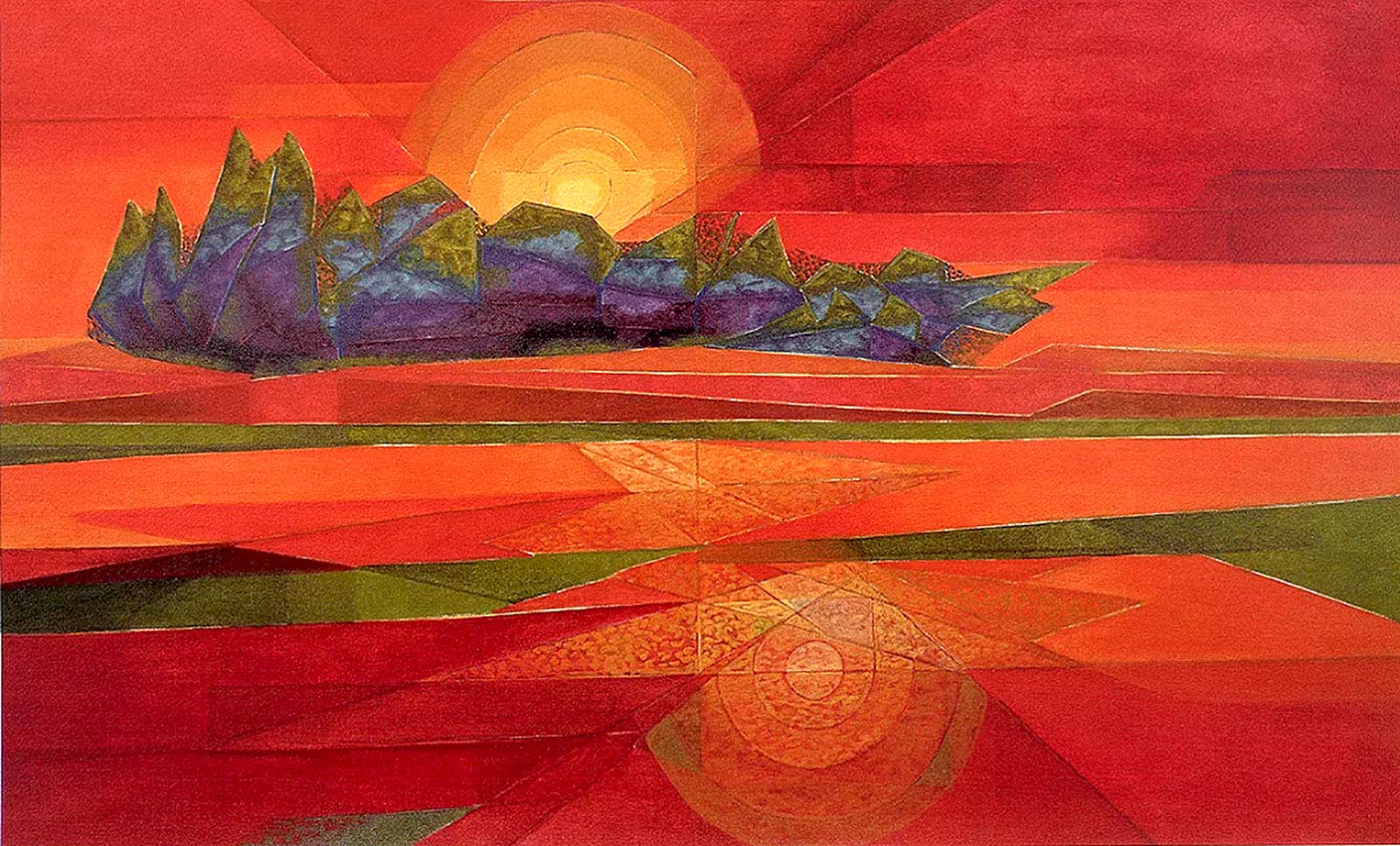Shopping cart
You have no items in your shopping cart.

Curated Conversation – with Lavesh Jagasia
Entrenched with the idea of launching a fine art publishing firm, Lavesh Jagasia, a Bombay based art collector established 'The Serigraph Studio' back in the year 2003. Lavesh is an art connoisseur and an expert both in Indian Art and Modern and Contemporary South Asian Art; with a cumulative knowledge and experience of over three decades.
With art market growing and shortage of availability of good original works for discerning buyers, Lavesh decided to expand the market on the lines of more mature markets and began the process of creating Original Prints. These were also regarded as 'Multiple Originals', accepted by artists, art collecting and dealing community.
Serigraphs caught his fancy due to its traditional making process and its color latitude which closely resembles an original painting. By embracing and implementing on this concept Lavesh has been a force to reckon with in the space of Indian serigraphs.
TheCurators: What is a Serigraph?
Lavesh Jagasia: The name 'Serigraph' was coined by Carl Zigrosser, an eminent curator of prints of the Philadelphia Museum of Fine Arts to distinguish Fine Art Screen Prints from other Commercial and Industrial Screen Prints. The etymology of the word 'Serigraph' is to draw through silk, in Latin 'seri’ means silk and in Greek 'graphos' means to draw. A Serigraph is a Fine Art Print made using stencil process in which an image or design is superimposed on a very fine mesh screen made of silk. The printing ink is squeezed on to the printing surface (the ink and paper used are both of archival quality) through the area of the screen that is not covered by the stencil.
Serigraphs like other Fine Art Prints are hand printed and hand pulled, hence the result tends to vary from print to print, but this variation is accepted positively as it makes each serigraph unique. There are certain requirements for a screen print to qualify as 'Serigraph':
TheCurators: Is there a difference between a Fine Art Digital Print and Serigraph?
Lavesh Jagasia: Yes, there is. To create a professional quality Fine Art Print, an art work is either scanned or photographed to form digital files of high resolution which are often as big as the size of an original art work, this step usually determines the quality of the final fine art print. The scanned or photographed digital images are then printed on acid free paper using archival quality inks. The prints are created with the help of inkjet printers – quite different from Serigraphs which are hand printed using traditional silk screen technique.
TheCurators: Why is it called a Limited-Edition Serigraph? How does the price vary as per the edition run?
Lavesh Jagasia: Limited Edition refers to the limited quantity of Serigraphs created of a specific artwork by the artist. This limited number of prints is conceived as such by the artist to make the print rare and add value to it. After the edition is printed, the matrix which is used to make the print is destroyed. This ensures that no additional Fine Art Print of the same artwork will be created in the future. So needless to mention, the smaller the edition run – the higher the price as there will be no more created. Often the price also increases with the progressive sale of the Edition and with the availability of the prints becoming scarce. Which is why you may see the last few pieces of an edition commanding a higher value than the initial few.
TheCurators: How closely is the artist involved in the process? Are all the Serigraphs signed by the Artist?
Lavesh Jagasia: The artist is very closely involved in the process. Usually as a part of printing process the artist himself or through his assistants creates the printing material by hand, these could be either silk screens or other transfer materials used during the process.
Hence, the choice of materials and technique is made by the artist and the manner of execution is supervised by him. This typically adds an intrinsic value to the print. Post that, the artist checks and verifies each print minutely and then signs, titles and numbers the print individually. The signature confirms its authenticity as a genuine artwork.
TheCurators: Are all Serigraphs an investment? Do they appreciate? Any examples?
Lavesh Jagasia: Serigraphs which are Limited Edition are great as an investment because their value increases with the increase in demand.
Serigraphs being a 'Multiple Original' is priced much lower than a Singular Original work of art hence making it more accessible and in turn easier to invest in as well as increasing its resale prospects in the secondary market by appealing to a wider art loving segment due to its attractive price point.
Worldwide the ballpark is a 5% value for Serigraphs against the original artwork. And just like the original they appreciate. For example, 6 years ago the value of Artist S.H Raza's serigraph was Rs.90,000 and currently it is priced at Rs.1,50,000 and sometimes over that too!